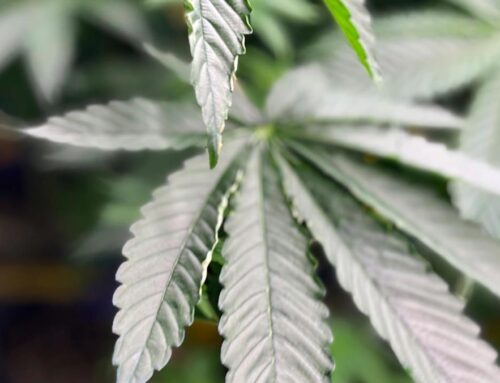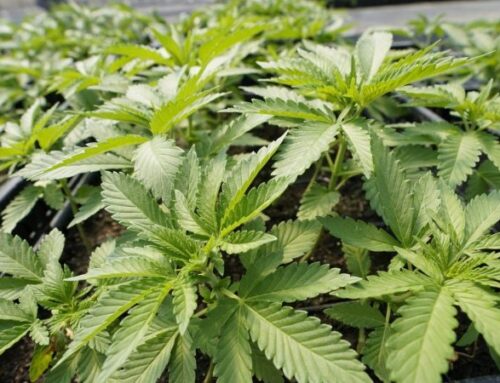Investing in Farmand During Current Times – AG INFORMATION NETWORK OF
May 8, 2025
History tells us a trade war will be hardest on products produced in reasonable amounts for export. In the case of US agriculture, that’s corn, soybeans and red meat, according to University of Illinois agricultural Economist Bruce Sherrick.
“If you move upstream to the agricultural input industries. And you know, the John Deere is in the cases and so on, that’s a huge concern. We’ll probably create exemptions or cut outs for most of the higher value to the higher cost elements in agriculture. But I think it’s really straightforward. It’s it’s corn and soybeans, it’s apples, it’s almonds, it’s pistachios, it’s some versions of processed and canned and easily ship things.”
When it comes to marketplace impacts and the value of farmland, he adds historical context.
“What asset would you rather own? And in the 80s, we had an ag focus crisis, and we didn’t have to talk about it as though there was, you know, somebody to blame, but we can observe what happened afterward. And then in 2008 we had a financial crisis, and there may have been people to blame, but we had an outcome, and it was very bought stuff with money. And in COVID, we had a crisis, and we printed money. Each of those created really great natural experiments. If you print money, you get inflation. If you buy assets that appreciate the government doesn’t lose money. If you change the size of the Fed’s balance sheet, and in this case, the tariffs, we have some precedent, but we don’t have the precedent in the environment that we’re in right now.”
Therefore he concludes farmland is a good asset to own.
Search
RECENT PRESS RELEASES
Related Post





